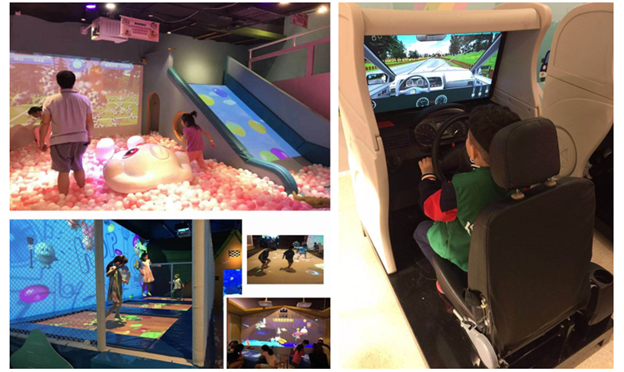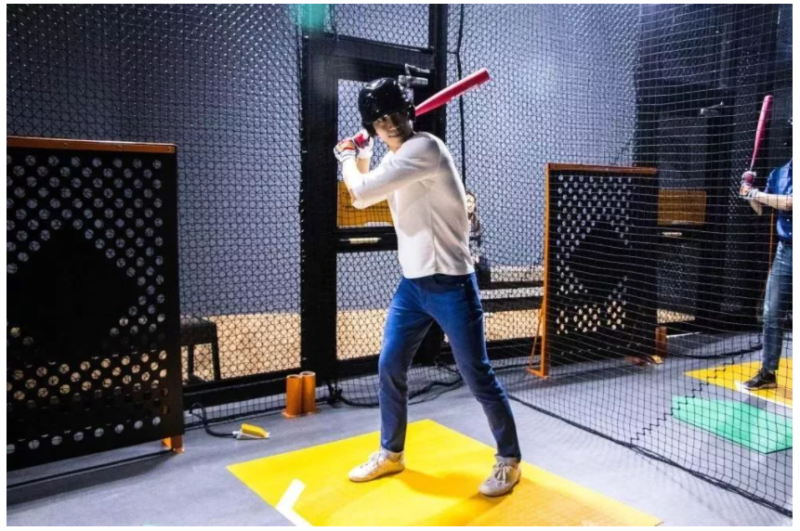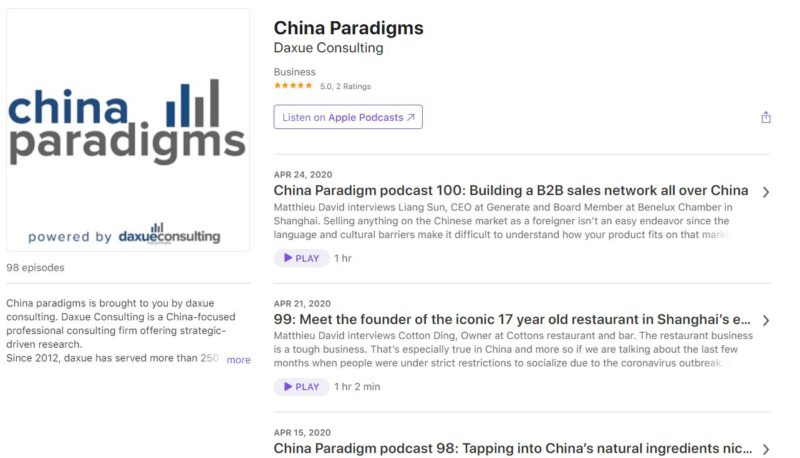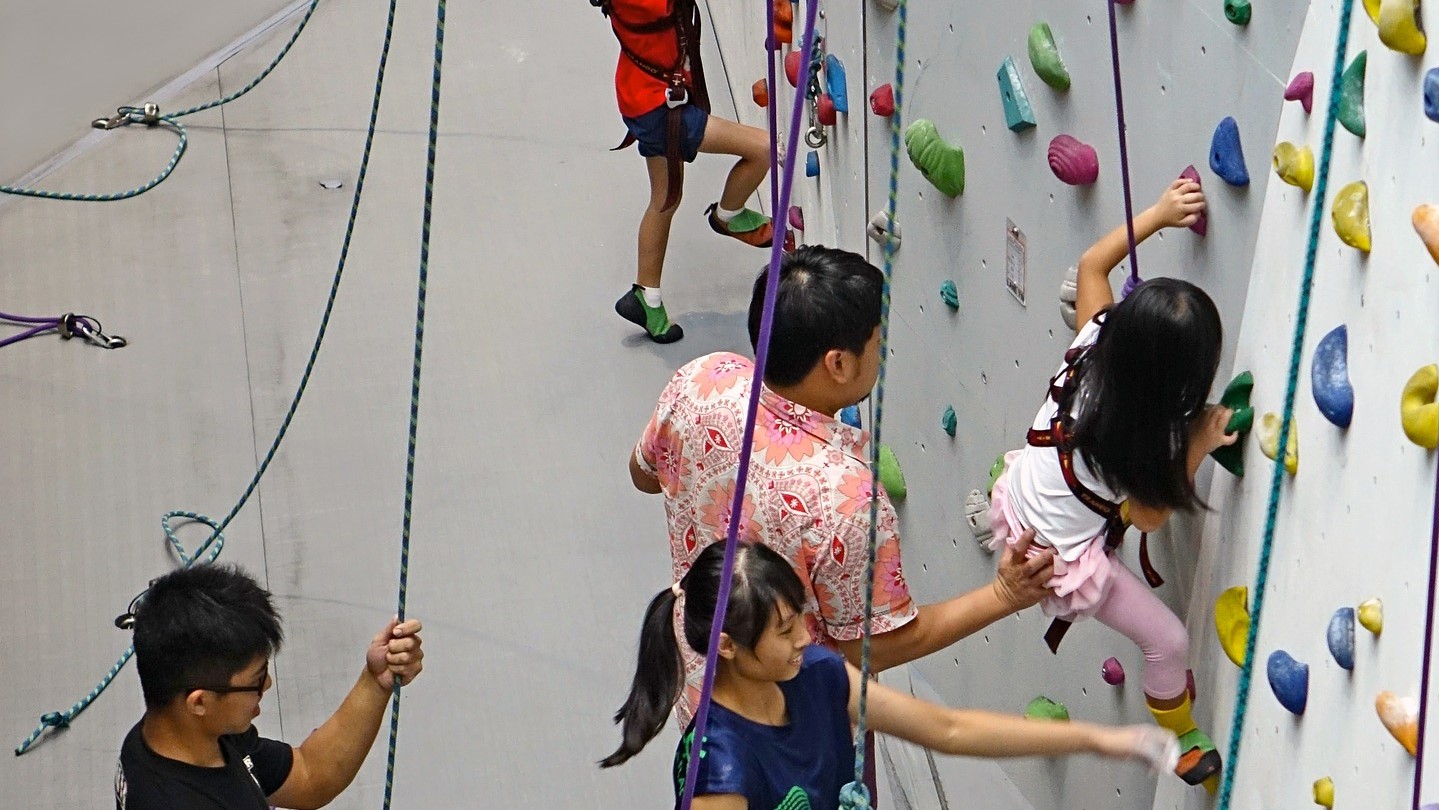With the growing middle class in China comes a greater emphasis on the quality of life. Families are willing to spend more money on leisure time to unwind from work and school. According to iResearch, the market size of out-of-home entertainment in China has a steady growth rate at around 15% in the past years, and the total market size was about 490 billion RMB in 2019.
Gen-Z and millennials have become the main consumer group of out-of-home entertainment in China. They tend to look for new adventurous activities, compared to traditional activities like watching movies and karaoke. To meet their needs, many new categories have emerged, such as AR/VR arcades, private cinemas, small theme parks, and sportainment parks, which blend sports with entertainment. China’s out-of-home entertainment market is driven by these new entertainment activities.
In this article, we will mainly focus on the three categories in China’s out-of-home entertainment market: Family entertainment centers, sportainment parks, and theme parks.
Family entertainment centers in China are no longer only for children
The family entertainment centers in China are no longer just playgrounds. With the new generation of parents’ education perception changed, they want to provide their children with an active and positive lifestyle through out-of-home entertainment. “Learning by playing” has been a hot selling point for many family entertainment centers in China.
The traditional family entertainment center was more like a playground with trampolines, soft toys, seesaws. It was very common that parents left their children inside the playground and watched them from the outside. Today’s family entertainment centers have evolved beyond children’s entertainment and provide different options that focus on the whole family. Some physical experiences, like climbing, go-carts, and mini sports zones are more active and are seen as healthy. Some centers provide creative experiences, where children and their parents can learn skills, expand their imagination, and explore new knowledge together.
Family entertainment centers in China are usually located in areas like shopping malls, mainly offering interactive learning machine, VR/AR learning games, and play zones. These facilies are getting larger and larger, like aquariums and virtual career exploration villages.

Source: Dianping, family entertainment centers in China
Cartoon IP brands draw more attention from kids and their parents
The successful family entertainment centers usually depend on well-known cartoon IP brands, like Thomas and Friends, to attract kids’ attention. The cartoon theme and digital technology bring an immersion experience for children in order to extend the playing time and stimulate parents’ further purchases.
Sportainment parks in China are a new trend of doing physical activity
People in China have realized the importance of fitness in recent years. Besides regularly working out at the gym, more and more people would prefer sportainment parks as out-of-home entertainment in China. Sportainment parks in China are not just general gyms, they include climbing, bowling, modern archery, 3×3 basketball and so on. Most of these are indoors, but some large facilities are outdoors, such as climbing walls and rope ninja gyms. The market of sportainment parks in China is huge and is expected to grow with various facilities.
Sportainment parks’ consumers usually spend much time indoors and in front of screens, while also have a shared thought that a routine workout alone is too boring. The sportainment parks have a wide appeal and can reach out to different age groups as long as with strict safety protection. Some of these are available for whole family members whilst some are above the age of 12. Whether with families or friends, consumers are not just lonely bystanders, they are able to collaborate, explore, and compete with each other in sportainment parks.

Source: Dianping, various Sportainment parks in China
More facilities mean more consumers
The sportainment park in the shopping mall, Sports Monster, for example, usually can provide various sports areas for different consumer segments. The basic sports area includes general sports like basketball and badminton, mainly for large groups; Trampoline and ball pits target families with children; Climbing and darts are appeal to young and active consumers.
Technological development gives sportainment parks more room for further growth. The digital sports area in Sports Monster hsasVR sports, like VR baseball, VR boxing, and VR golf, combining the real and the virtual experience. It engages all customers with fun and safety. Similarly, digital equipment allows customers to record their progress, performance and scores. It is widely used in large outdoor facilities, like rope ninja gyms.

Source: Dianping, the VR baseball area in Sports Monster (Beijing)
Sportainment parks brands should place emphasis on entertainment
For sportainment brands, they should make it clear that developing from entertainment other than sports, avoiding re-creating the atmosphere of professional gyms, and being welcoming to all consumers. On the one hand, professional fitness facilities are costly in terms of high-quality equipment standards. On the other hand, consumers here are looking for a fun and active lifestyle entertainment. It’s a place to relieve themselves of boredom, not strengthen body muscles.
Theme parks as growing demand for out-of-home entertainment in China
Theme parks are growing in demand for out-of-home entertainment in China. According to “China Theme Park 2017” report issued by Mintel, 42% of Chinese urban consumers had visited a theme park at least once and up to 71% of those were with a lover or spouse. It is not surprising that the increase of high-quality entertainment will result in China being the largest markets..
Chimelong (长隆), Oct Parks (华侨城), and Fantawild (方特) are the top 3 fastest growing theme parks brands in China. Chimelong and Oct Parks are mostly based on property strategy, which acquires and improves existing small parks and attractions. Instead, Fantawild theme parks are well known for their own characters from cartoons produced by the Fantawild Animation company. Theme parks are mainly located in Eastern China, but there is a big opportunity for the industry’s development in central China.

Source: Shanghai Disneyland Offical Website, Shanghai Happy Valley Offical Website, Haichang Ocean Park Offical Website (pictures order from left to right); Theme parks in China
Theme parks in China are not only served as amusement facilities but also aquariums, movies/cartoon exhibitions, musical theater performances. Marvel Super Hero exhibition and the Frozen musical in Shanghai Disneyland, ocean aquarium in Haichang Ocean Park, these facilities help different consumers find their place in theme parks and also enable theme parks to provide possible choices for further development.
Small theme parks near home attract Chinese urban citizen
It is noteworthy that theme parks in China are not just large theme park resorts only, there are also increasing numbers of indoor small theme parks. Such as Shanghai Legoland Discovery Center, there are rides facilities, Lego building play zones, 4D movies in the indoor theme park. These parks have the advantages of not being affected by weather, less investment, and unique content, compared with traditional theme park resorts. Meanwhile, small theme parks can fulfill the needs of short-distance entertainment in big cities. Some people living in urban areas tend to enjoy out-of-home entertainment within a 1-hour distance, instead of driving to suburbs where large theme parks are located.

Source: TripAdvisor, Shanghai Legoland Discovery Center
However, most small theme parks have to count on shopping malls in busy places for high customer traffic, which directly decides their consumer segments. Small theme park brands need to understand the surrounding market in malls and designed the theme based on consumers’ preferences. Therefore, location is a more crucial issue compared with large theme park resorts.
Listen to over 100 China entrepreneur stories on China Paradigms, the China business podcast
Listen to China Paradigm on Apple Podcast






